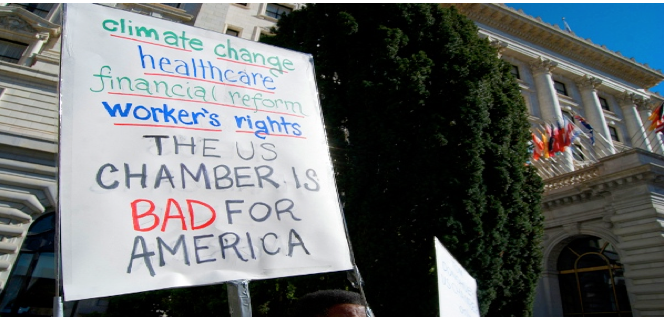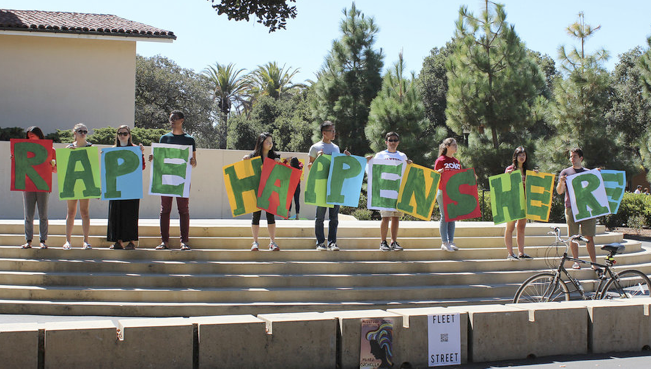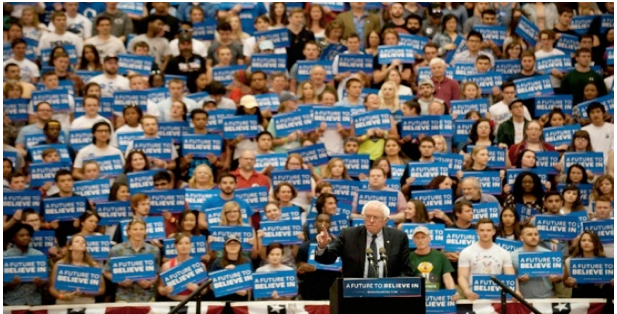EDITOR’S PICK--In the days following the horrific attack on the Pulse nightclub in Orlando – one of the worst mass shootings in modern U.S. history, which claimed the lives of 49 people (50 counting the shooter) and left over 50 wounded – evidence began to mount that the gunman likely possessed multiple motives. This evidence is not surprising in light of what research has revealed about the origins of violence, which includes the knowledge that most people who commit violent acts are driven by a complex, multifaceted and intertwined set of factors. The underlying root causes of violence, then, cannot be reduced to one or two sources. To invoke a cliché, the world is not black and white. The nature of violence is no exception, and our individual and collective understanding of it must not be either if we are to effectively address and prevent all forms of it.
It is becoming increasingly clear that one of the shooter’s perceived justifications for perpetrating the murderous rampage may have been intense psychological and emotional pain over his sexual orientation – a catastrophic blend of deep shame, humiliation and bitterness over his possible queerness.
Besides his apparent queer inclinations, there were several noteworthy details about the shooter’s life that were omitted during many discussions about motives: his history of domestic violence, both as a victimizer and a witness to it in childhood; his employment with G4S, one of the largest private security firms in the world, for which he rendered services that included the imprisonment and mistreatment of juvenile offenders; and, his fascination with the NYPD, which he apparently idolized as a would-be police officer.
In addition, based on testimony from eye witnesses and acquaintances, racism could also have influenced his choice of target. What is more, we know from reports that both the ideologies behind and atrocities of the so-called U.S-led “war on terror” and terror groups operating across the world could have contributed to the gunman’s unspeakable act.
All these factors, plus additional ones that may surface in the days and weeks ahead, may have played a role in the shooter’s toxic thinking and derangement, and ultimately led to the massacre which unfolded that awful night.
For these reasons, as well as others, the attack in Orlando cannot be explained away by the tired and parochial refrain, “they hate us because of our freedoms,” regardless of the lengths to which some might go to convince people of its validity.
Yet, almost immediately after news of the nightclub tragedy broke, various political leaders and members of the corporate media, among others, began engaging in selective hate and bigotry against Muslims. They did not ask questions. They did not want answers. They conveniently ignored or discounted credible information regarding the gunman’s background and automatically defaulted in their dogmatic thinking to blaming so-called “radical” Islam.
Those who spew hate, especially in the wake of a national tragedy, only reveal their bigotry, cowardice and bad character, and, whether they intend to or not, incite further hostility against vulnerable minority groups. Practitioners of such reactionary thinking tend to use the red herring of immigration and foreign “terrorism” to advance their own xenophobic and jingoistic agendas. This careless and irresponsible behavior only fuels Islamophobia and hate crimes against Muslims.
Demagoguery and fear-mongering about terrorism and the “Other” is extremely lucrative for the multi-trillion dollar war industry. The tragic incident in Orlando could prove to be another opportunity for war profiteers to grow even richer. Islamophobia and racism sells war. A national conversation about homophobia, domestic violence, the security-surveillance state and prison-industrial complex does not.
We will never stop mass shootings if we continue to fault Islam. Sadly, however, the religion will probably continue to be targeted and exploited by small-minded people to communicate and spread anti-Muslim, ultra-nationalist propaganda. Horrendous violence is sometimes committed in the name of Islam, as it is in the name of other religions. However, this in no way makes religion culpable for it, yet Islam is deliberately and repeatedly scapegoated.
It is utter nonsense to attribute mass shootings to Islam, particularly when an honest analysis of these incidents provides some concrete albeit complicated answers regarding the pathologies of violence. If it were about blaming or banning a particular demographic to eliminate mass shootings, the statistical data show that religion should not be a candidate.
The Albany Times Union’s Chris Churchill articulates this point well in a recent column: “…if you look at the long list of recent mass shootings, you can't help but realize that it is entirely dishonest to call this a Muslim or immigrant problem…It would be far more accurate to call it an angry and isolated young man problem. In fact, if the goal is ending mass shootings, it would make much more sense to ban all men under the age of 35 than it would to bar Muslims.”
Not only is the problem of mass shootings far from being rooted in religion, the policy of sound gun control offers some solid evidence about preventive approaches: In his latest column, Nicholas Kristof, Pulitzer Prize-winning columnist for The New York Times, calls attention to the fact that, “Over the last two decades, Canada has had eight mass shootings. Just so far this month, the United States has already had 20…. Canada’s population is 3.2 percent Muslim, while the United States is about 1 percent Muslim — yet Canada doesn’t have massacres like the one we just experienced at a gay nightclub in Orlando, Fla., or the one in December in San Bernardino, Calif. So perhaps the problem isn’t so much Muslims out of control but guns out of control.” To insist, therefore, that Islam is the problem would be to expose either profound ignorance or explicit and virulent racism regarding the religion.
The good news is that there is a significant number of antiwar and peace and justice groups working diligently to identify and eliminate the multiple and interconnected forms of violence that could have influenced the mass shooting at Pulse. The #VetsVsHate movement is one example of this work.
#VetsVsHate was inspired by efforts including the Veterans Challenge Islamophobia campaign, an national initiative of Veterans For Peace launched earlier this year in collaboration with Iraq Veterans Against the War (IVAW). The campaign seeks to confront and stop the verbal and physical targeting of Muslims. Along with on-the-ground nonviolent protest/civil disobedience actions against the vitriol being directed at Muslims, social media has been a vehicle through which veterans and allies have expressed their defense of and solidarity with the Muslim community.
As an organization dedicated to abolishing war as well as ending violence in all its forms in order to help build a more just and peaceful future, VFP believed it had a responsibility to release a statement on the mass shooting in Orlando. The statement reads, in part: “Tragedies like this often lead people to look for someone or something to blame. Veterans For Peace rejects attempts to perpetuate hatred against the LGBTQ and Muslim communities. We ask all to resist this temptation. We call on all people to challenge the forces of division and hatred, and to stand against all forms of hate; and at this time particularly against homophobia, Islamophobia and anti-Muslim bigotry. Let us instead recommit ourselves to working toward a world without hatred and prejudice.”
IVAW also released a statement about the attack on Pulse which touches on many of the same points that were conveyed in the VFP statement.
Veterans have a unique perspective on the various ways in which enmity and violence develops and destroys lives, as many of them were thrust into situations where it was inescapable and on full display. Veterans can speak with authority on how and why demonization and persecution of the “Other” can and does produce violence. Frequently, they are eager to share their insights with anyone willing to listen and learn. The aftermath of the Pulse massacre has proven to be one such time when veterans are speaking out.
Below are the voices of four veterans who offer their perspectives on the Pulse nightclub attack and the hate rhetoric and blame game that followed:
“Anytime a shooting or bombing occurs around the world, the collective hearts of 1.7 billion Muslims is shattered and the anxious prayer "please don't let them claim to be Islamic" is uttered. This is because all Muslims know that the tenets of Islam proclaim that the unjust taking of one life is equivalent of killing all of humanity in the sight of God, particularly during this time of Ramadan -- when it is forbidden to even engage in an argument with another person much less commit a mass shooting. This is precisely how every single Muslim in the world knows that the Orlando shooter was a fraud, whose only belief system was violence and hatred. But, true to form, in the aftermath of this tragedy, the world is witnessing the charity and goodness of Muslims, who are donating blood (even though they are fasting from food and water), bringing sustenance to those in need, or, like me, standing shoulder to shoulder with the LGBTQ+ community through tears in solemn vigils of remembrance for the beautiful souls we lost. We know that our bonds of kinship as minority communities cannot and will not be torn asunder by violence because our bonds are made of love and unity and they are everlasting.” –Nate Terani (Navy veteran, VFP member, and Phoenix-based VCI field organizer)
“Hijab. Allah. These are terms we think of when we come upon the word “Muslim.” People also think “terrorist,” which is a destructive way of thinking. Both the events of 9/11 and the Orlando massacre caused tremendous suffering for many. But we must not forget these tragedies hurt the Muslim community as well. When 9/11 occurred, I like many Americans said we needed to go over there and do something about it. However, I didn’t understand Islam. I ended up meeting a man wanting to explain the beliefs of Islam to people who didn’t know, to strike down the belief that all Muslims are evil. Since that time, I’ve never looked back and even in the Marine Corps (while I never deployed) I stood up for our brothers and sisters, some of whom were Muslim. Two quotes come to mind for me: “Those who fail to learn from history are doomed to repeat it” (Santayana) and “An eye for an eye makes the whole world blind” (Gandhi). Knowledge is power and if we do not understand Islam we need to educate ourselves in order to dispel Islamophobia.” –Renee Whitfield (Marine Corps veteran, #VetsVsHate supporter)
“As a Latinx. A Muslim. A Veteran. A serious conversation is necessary to discuss the ways Toxic Masculinity, Militarism, Homophobia, and Islamophobia contributed to the shooting in Orlando, as well as helping shape the narrative told by US media outlets and posturing of U.S. politicians. We live in a society that is homophobic, heterosexist, and is discriminatory towards marginalized people. In communities across the U.S., both children and adults are learning to perpetuate oppressive behavior towards the LGBT+ community. Homophobia like Islamophobia can be fear-driven, but it is also contempt-driven.” –Ramon Mejia (Marine Corps veteran, IVAW member, Texas-based VCI field organizer)
“A long time ago, I made it a point not to watch the news, listen to the radio or read a newspaper regularly. It felt like ingesting poison. Existing in our society – at times – feels the same way to me; an onslaught of verbal insults or the stare of the unspoken judgement. It has been a long journey of realising my existence is not an embarrassment, the colour of my skin is not some mistake, who I love is not “a sin and I am going to hell” or that my last name does not warrant that I be singled out and labelled. When I step outside my home, I must emotionally and spiritually prepare myself to deal with “the world”. I know I will encounter individuals who believe what mainstream mass media has been feeding them: ready-made summaries consisting of lies and fear and pre-packaged judgements of hate. When I am directly (or indirectly) confronted with someone who unleashes their poison upon me, I must work times over to not mirror their behavior, lest I prove true to that person what the media machine has fed them. I believe we are all truly connected. Admittedly, I struggle with this belief when I encounter another’s fear and hate. Whether in that moment or thereafter, there is a deep realisaton that their anger and hate is a symptom of the insecurity and dis-empowerment syphoning upon the spirit of the many in our country. My responsibility, is to ensure my journey and activism remain genuine and fluid, rooted in from a spiritual connection.” –Monique Salhab (Air Force and Army veteran, VFP board member)
If more people in the U.S., especially our lawmakers, truly listened to and took voices like the ones shared above seriously, we might be able to make meaningful strides in curbing the sort of violence that took so many innocent lives and devastated so many families last week in Orlando. Hate rhetoric and anti-Muslim sentiments will fail to bring us closer to stopping violence. It will, however, continue to breed hostility and erode the Constitution. This is unacceptable and must be countered by individual and collective efforts to grow diversity, inclusivity and equality and secure civil and human rights for all people, both at home and abroad.
(Brian Trautman is an Army veteran and currently sits on the national board of directors of Veterans For Peace (VFP). He teaches peace studies and economics at Berkshire Community College in western Massachusetts and resides near Albany, NY.)
-cw



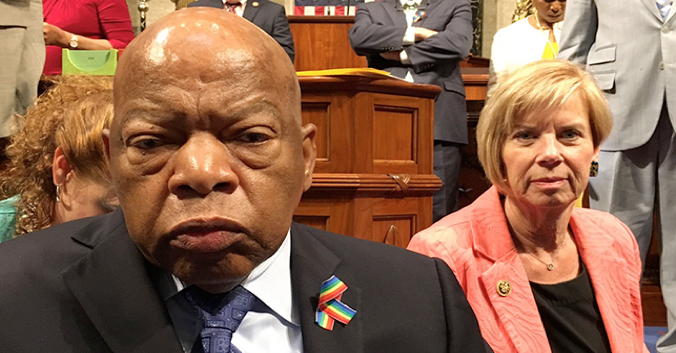




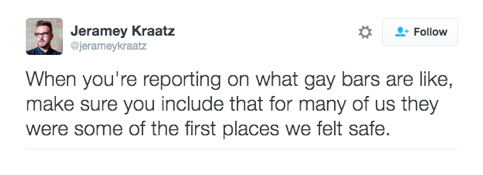
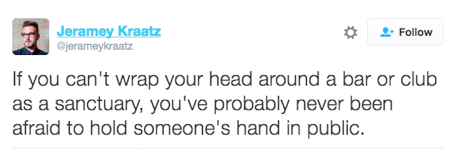



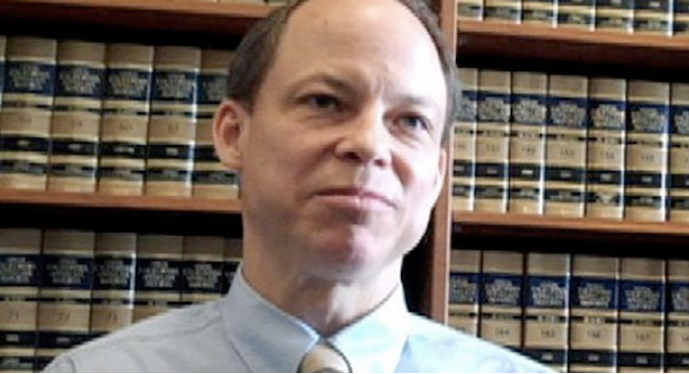
 Judge Persky’s sentencing in the case has led to efforts to recall the judge with several political groups promising to raise money for the campaign to recall the judge. To date, almost a million people have signed online petitions, calling upon the California Commission for Judicial Performance to remove Persky, who was appointed by Gov. Gray Davis in 2003 and faces reelection in November.
Judge Persky’s sentencing in the case has led to efforts to recall the judge with several political groups promising to raise money for the campaign to recall the judge. To date, almost a million people have signed online petitions, calling upon the California Commission for Judicial Performance to remove Persky, who was appointed by Gov. Gray Davis in 2003 and faces reelection in November.
